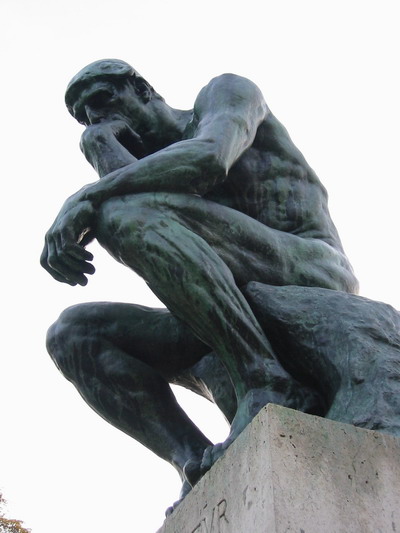 |
Rodin's "The Thinker" is probably the world's best known
sculpture. Leonardo
da Vinci's "Mona Lisa," the woman with the enigmatic
smile, is possibly the
world's most famous painting. What's the pondering man thinking
about, and
why is Mona Lisa smiling? |
|
Rodin's The Thinker
|
|
During a visit to Paris, a Frenchman told me that they're reflecting,
in
their distinct male and female styles, on the night they spent together.
I spent a week of nights in Paris thinking about Rodin, smiling at
Mona Lisa
and viewing an encyclopedia's worth of cultural icons usually seen
only in
textbooks. Include the Eiffel Tower at night, the Seine River, Notre-Dame,
Impressionist art at the d'Orsay Museum, the Arc de Triomphe, Napoleon's
Tomb, Sacre Coeur, grand boulevards like the Champs-Elysees lined
with
outdoor cafes, the disarming beauty of Venus de Milo, and it's
understandable why Parisian thoughts take a romantic bent.
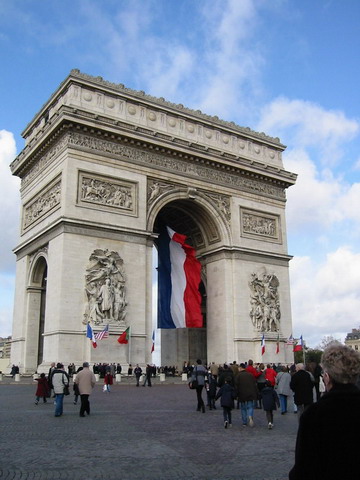 |
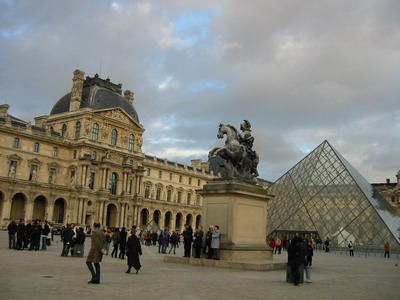 |
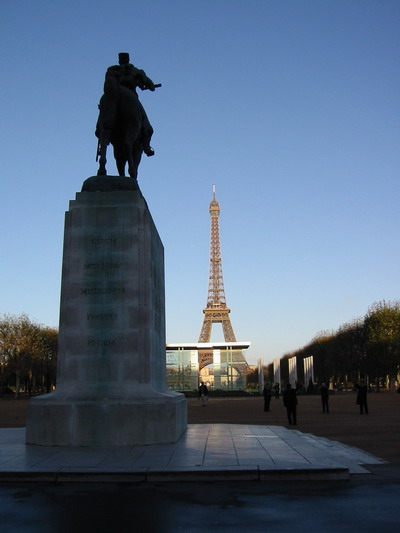 |
|
Arc de Triomphe
|
Le Louvre
|
Looking toward the Eiffel Tower
|
John Steinbeck, the Nobel Prize winning novelist, called Parisians
"the
luckiest people in the world." I was lucky enough to reconfirm
Steinbeck's
observations while spending week in Paris, a place I'd visited a few
years
earlier. My previous stay, spent at a friend of a friend's friend
roomy
flat, was in the summer. Smog muddied views from the Eiffel Tower
and the
city's streets, museums. Other of the city's populated sights were
suffocated with wall-to-wall crowds of gawking tourists, me included.
Paris is a city for walking, and on my fall visit I trekked several
miles
daily, sometimes purposely aiming for destinations, other times simply
wandering and, more than I'd like to admit, discombobulatingly wondering
where the heck I was. No worries. Paris is also a city also deftly
served by
its Metro, a spidery underground network of stations and trains. When
hopelessly befuddled, I searched out the nearest Metro station, studied
the
maps, jumped aboard, made the necessary connections and emerged wherever
I
needed to be.
Where I often needed to be were places with food. And what food. I
avoided
McDonald's, TGI-Friday and Hard Rock Cafe, where many Americans seemingly
seek the safety of familiarity. Instead I preferred eateries with
menus in
French and waiters with a disdain for English, places where even
point-and-choose guesses were rewarded with dizzyingly delicious feasts.
The
easiest and cheapest meals were from the everywhere crepe vendors.
These
weren't petite pastry crepes, but meal-sized pancakes stuffed with
dozens of
possibilities. I favored those filled with cheeses and lamb and, for
dessert, crepes slathered in chocolate. The best dinners were in
neighborhood restaurants, sometimes alone, occasionally with new friends.
It's no secret that the French love their wine, and there's good reason,
and
an amazing array of choices. After ordering a meal, I've learned to
ask
waiters what they recommend. I've yet to be disappointed.
I've yet to be disappointed on places to visit in Paris. As always,
there
were many places I wanted to be. A museum pass gained me entry
to familiar
places ‹ the Louvre, home of the Mona Lisa and the statuesque
Venus, along
with the d'Orsay, Napoleon's Tomb, Conciergerie, Sainte-Chapelle
‹ along new
delights, including the mind-altering Museum of Modern Art, eclectic
Picasso
Museum and monumental Rodin Museum. |
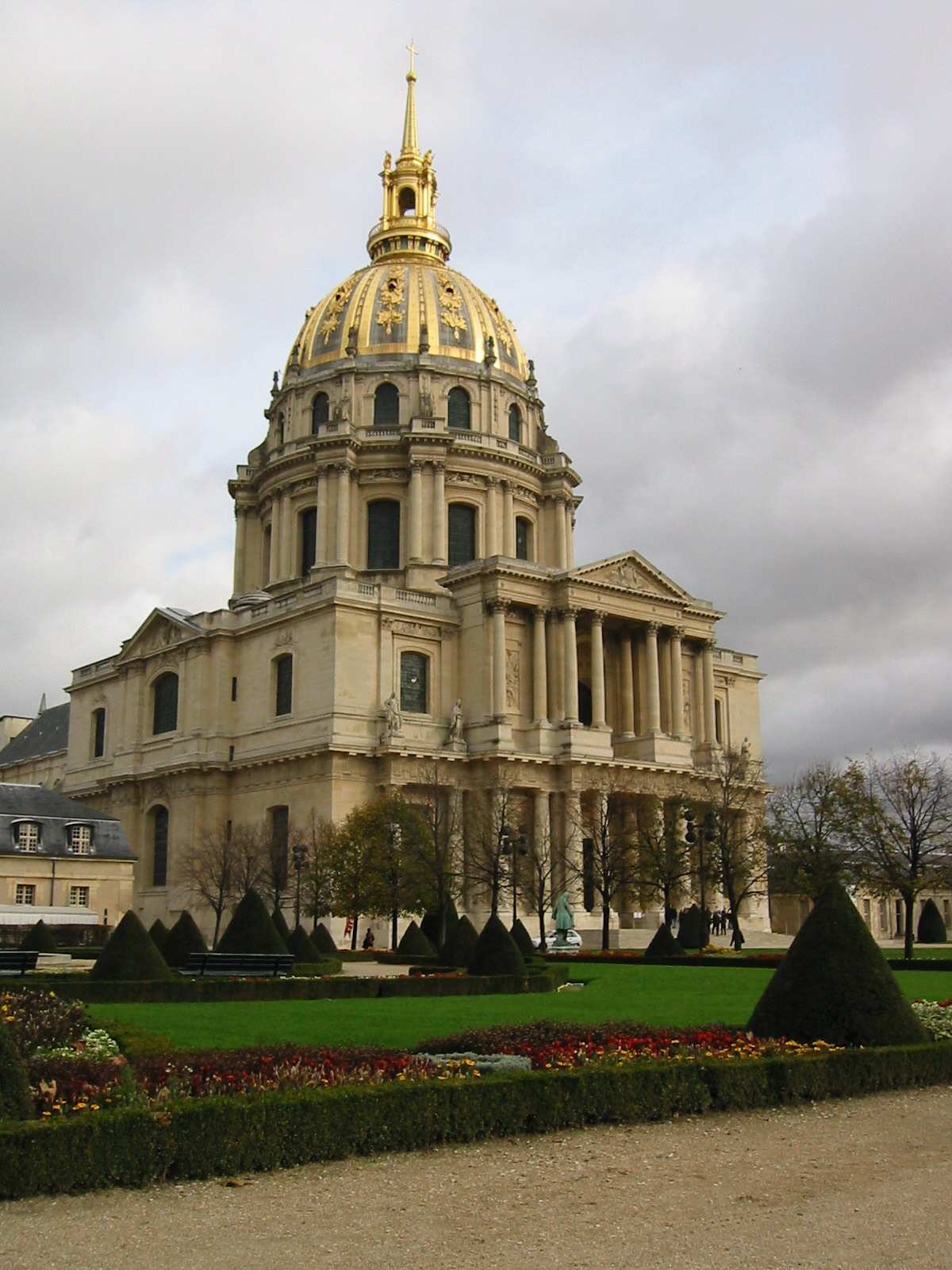 |
| |
Les Invalides, Napoleon's Tomb
|
After the crowds and thick smog of my previous, I hadn't planned to
go back
up the Eiffel Tower. During that summer day, the line was long, the
walkways, elevators and observation tower were all uncomfortably crowded.
But on a clear night when we had no other plans, a friend who never
been
there and I rode the Metro to the nearest stop. What a difference.
The view
from below and atop of the Eiffel Tower was grandiose, a 360-degree
panoramic vista of the "City of Lights." From up top in
the evening light,
the city sparkled like a massive tiara of diamonds.
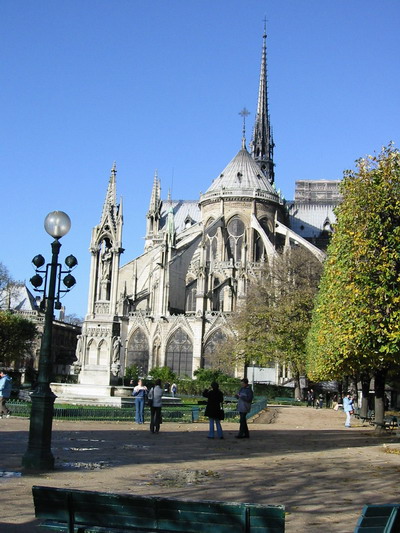 |
 |
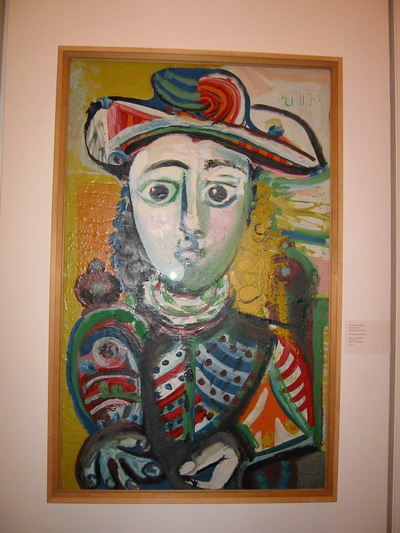 |
|
Notra-Dame Cathedral
|
View over Paris
|
A Picasso
|
Oddly, even more memorable was an organ concert in Notre-Dame, the
majestic
church that owes its survival to Victor Hugo's novel, "The Hunchback
of
Notre Dame." Hundreds of us filled benches in the massive cathedral.
Two
pieces, by Olivier Messiaen and Johann Sebastian Bach, were pleasing,
but
the selections by Jehan Alain and Knut Nystedt were electrifying ‹
the
thundering organ caused the walls and floors, and my emotions, to
tremble
and vibrate. The performance ended with Louis Vierne's "Carillon
de
Westminster," a piece as calming as a bubble bath after a long
day.
Paris is like that, a city of explosive crescendos and soothing adagios,
of
places that offer rollicking excitement and refuges for reflection.
Just as
Leonardo's painting and Rodin's sculpture suggest, it is a city for
romance.
Or, lacking that, Paris is a place to think, and hope, about romance.
|